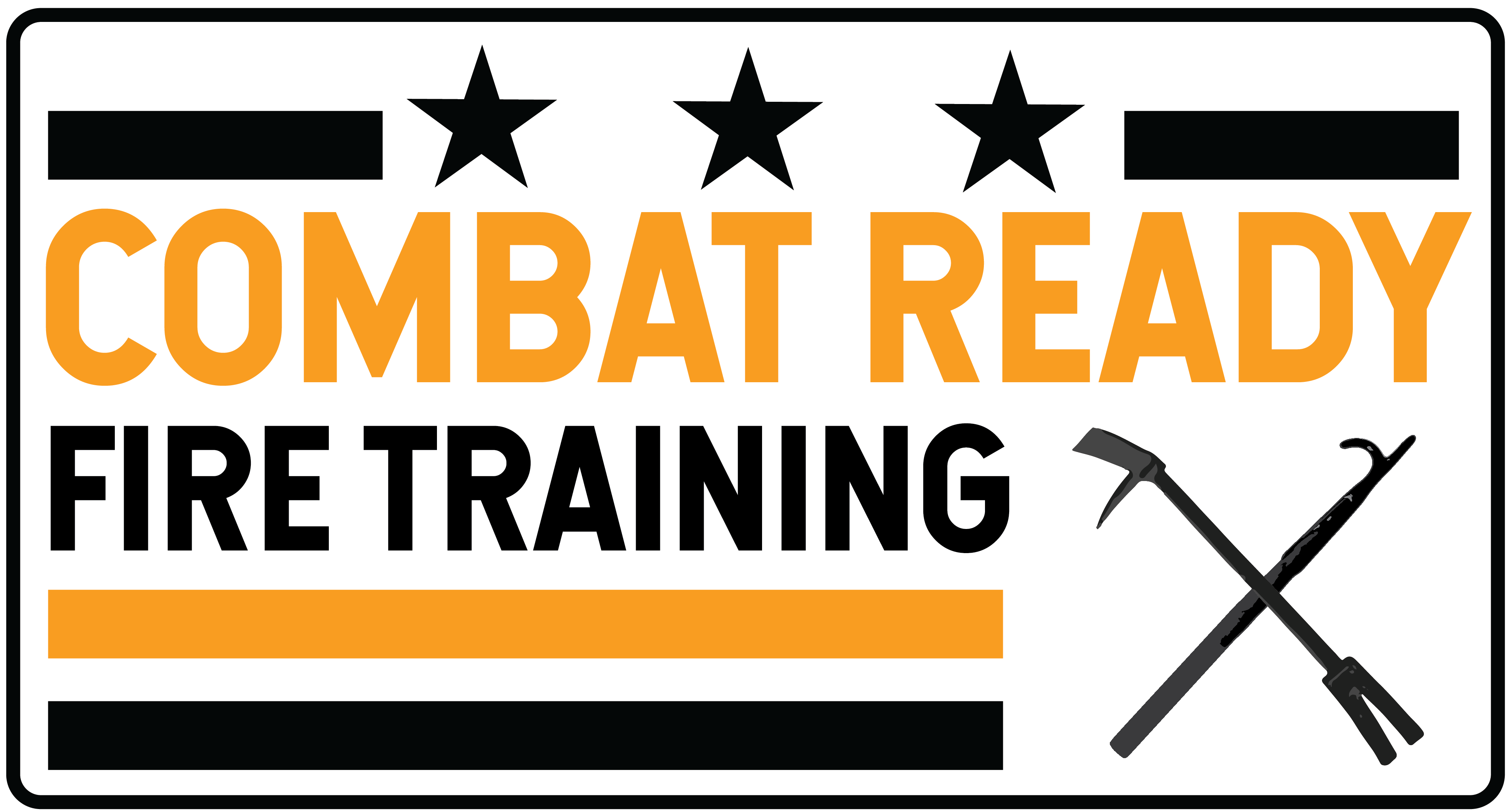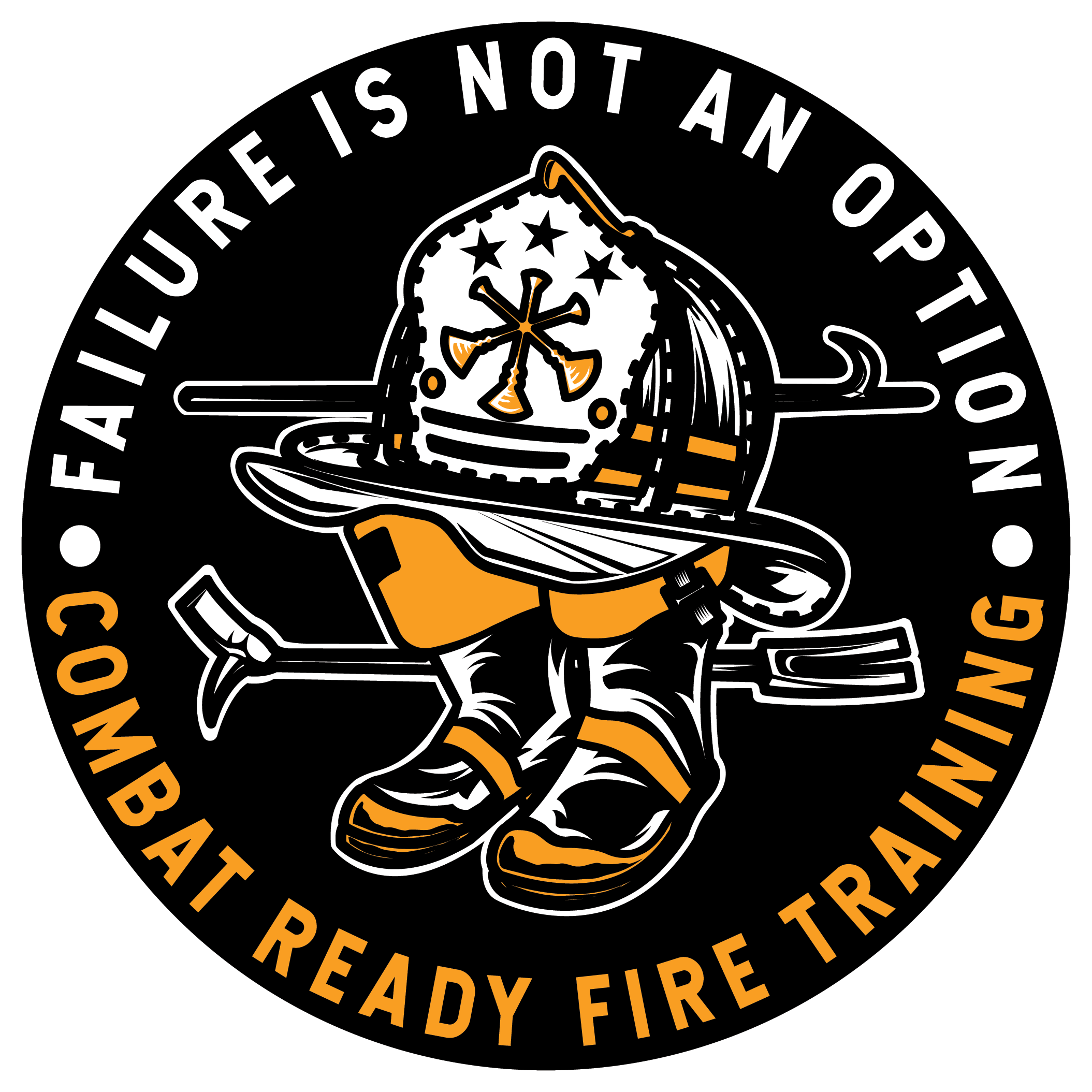2 min read
Understanding Ventilation Promotes Aggressive Firefighting
![]() Nick Martin
:
Apr 25, 2021 2:14:00 PM
Nick Martin
:
Apr 25, 2021 2:14:00 PM

Ventilation is the exchange of gases. In order for bad air to go out, good air must come in (otherwise we would create a vacuum). Like water, air follows the path of least resistance along a pressure gradient - moving from areas of higher pressure to areas of lower pressure. This requires both an inlet(s) and an outlet(s). The movement of air/gases/smoke between these is referred to as the "flow path".

Ventilation & "The Studies"
These 3 terms (inlet, outlet, flow path) became popular in the last decade as "the studies" came out. Unfortunately, so much drama, posturing, and politics surrounded "the studies" that many turned a deaf ear to them. Many saw "the studies" as promoting less aggressive firefighting. And, true enough, there were some who used them toward that agenda.
However, love it or hate it, these things exist. Inlets, outlets, and flow paths are a real thing. They are now, and always have been ever since man discovered fire. "The studies" did not invent them - they just brought attention to them. And if you understand them and how they work, you can use that knowledge to your advantage for some truly aggressive firefighting.
Some things we should understand about flow paths and ventilation...
Any opening in the building can be either an inlet or an outlet. This includes windows, doors, or holes - whether firefighters or the fire opens them. Natural building components such as ridge or gable vents, open soffits, or other similar features can also allow air in or out - and this can work to or against our advantage.
Where possible, the fire prefers an inlet that is at its level (height) or lower. Like your fireplace, fire prefers to draw air in below it, feed it through the fuel (burn it), and then spit it out above it (the outlet).
Fire prefers outlets that are at its level, or above. The higher the outlet, the more the fire prefers it. Some missed this part of "the study" - but even UL agrees (page 4) that "Vertical ventilation is the most efficient type of natural ventilation." Fire also prefers outlets that are larger, and closer to the seat of the fire. Other factors such as wind can influence the fire's preferred outlet. As can restrictions in the path between the fire and the outlet (hoarding conditions, fully/partially closed doors inside, etc).
Fire burns up what is between the seat of the fire (where it is) and the outlet (where it is going). Understanding this is critical to controlling the fire, and affects survivability for both firefighters and civilians. Our placement and timing of this ventilation can directly control the movement and behavior of the fire.
I hope everyone knows by now that any ventilation without water application on the seat of the fire will cause fire growth. We'll come back to that another time...
The purpose of fire department ventilation is two-fold:
-
To let smoke/heat out to improve visibility and survivability inside the building.
-
To control fire behavior and movement.
When fire department ventilation is performed properly, we achieve both of these - quickly. When it is not done properly, we significantly reduce the safety and efficiency of our fireground.
Our two means to control fire behavior are the application of water and ventilation. Inlets/outlets/flow paths affect both fire attack and ventilation - but today we are talking primarily about ventilation. We talked a lot about the implications of flow path and fire attack in our Aggressive Firefighting Engine Company program.
This Tuesday (April 27) at 1930hrs EST, we're hosting a live training course on the Aggressive Truck Company - The Outside Team. A big section will be expanding on these ventilation theories and issues, and talking about HOW and WHERE we should ventilate. When you register, you'll also get access to a recording of the class for 3-days after - so you can watch it live, afterwards, or both.
If you missed it, we've also got our Aggressive Truck Company - The Inside Team program up and available or immediate on-demand rental.
If you're looking for any of our programs for your shift or department - contact us, we are able to offer discounts on bulk rentals. Of course we're also always booking our in-person seminars and hands-on programs.
#CombatReady 🔥👊🏼



